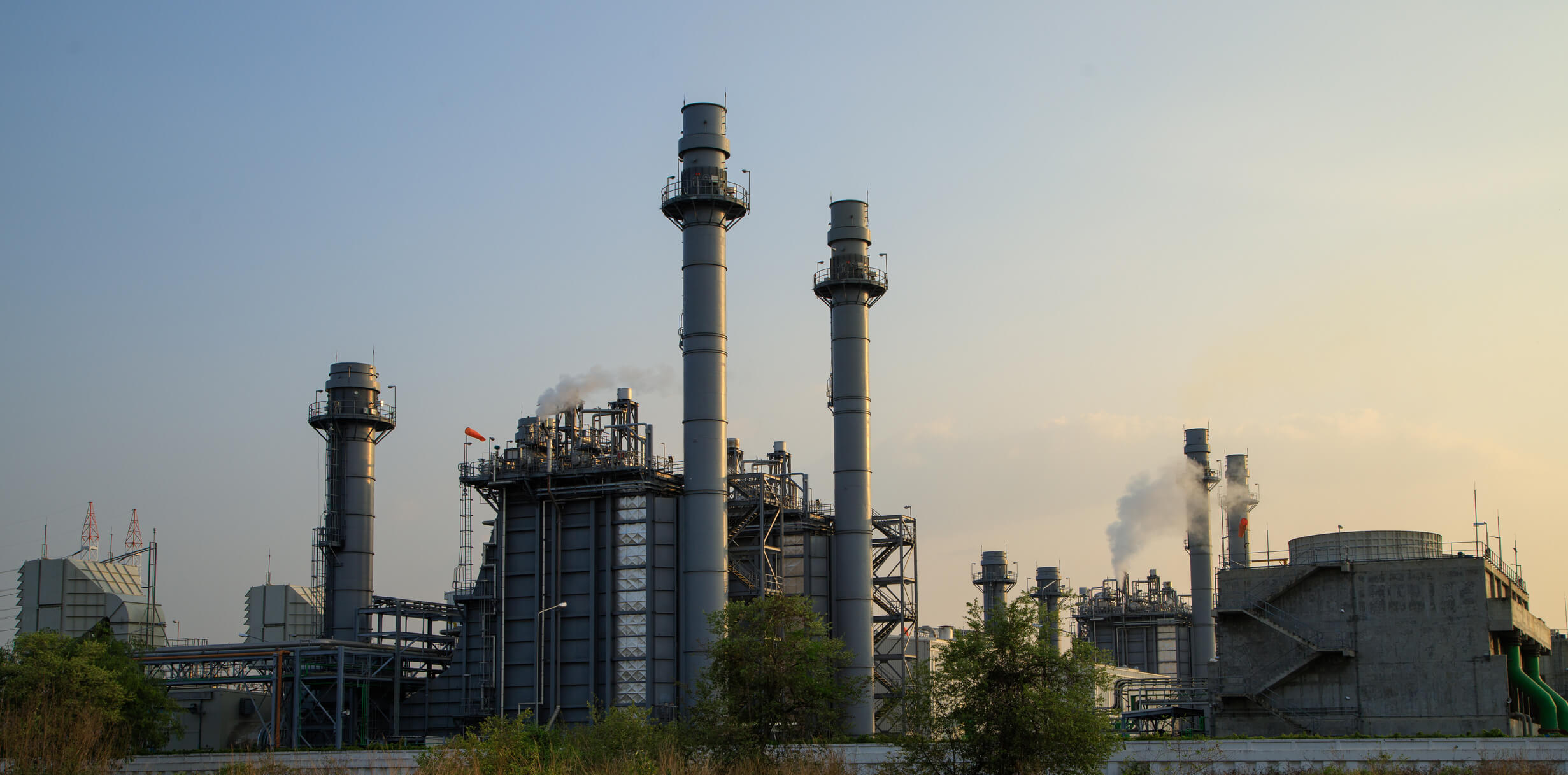On October 22, 2020, EPA finalized a rule revision that it proposed in August 2019. The rule revision brings to conclusion the previous accounting for new projects. Since the beginning of the NSR (New Source Review) program, the first step was a determination of the increases in emissions from a new project. Potential decreases in emissions that went along with the project were not counted in that first step. As a result, many projects which on balance would have decreased emissions, or increased emissions by less than the major source permitting thresholds, were required to go through NSR review and perhaps be subjected to Best Available Control Technology determinations and complex air quality modeling.

The finalized rule for “Project Emissions Accounting” allows the increases and decreases to be counted together in the first place. If the net total emissions increases, counting both the increases and decreases, are less than the federal thresholds, the NSR process does not begin and the project can move forward without NSR. If the increases are greater than the state thresholds a state permit would be necessary, and notification is needed.
This change allows a facility substantially more flexibility in permitting because it allows consideration of any decreases that can be accomplished to offset an increase due to a new project or changed manufacturing conditions and reduce the permitting time and complexity substantially. Faster permitting and less hoops to jump through is the goal.
For states with EPA approved State Implementation Plans (SIP), this change in the rule goes into effect immediately.
TRC has been helping clients avoid the rigors of the NSR rules for 40 years and can help your project find the easiest way to approval.




